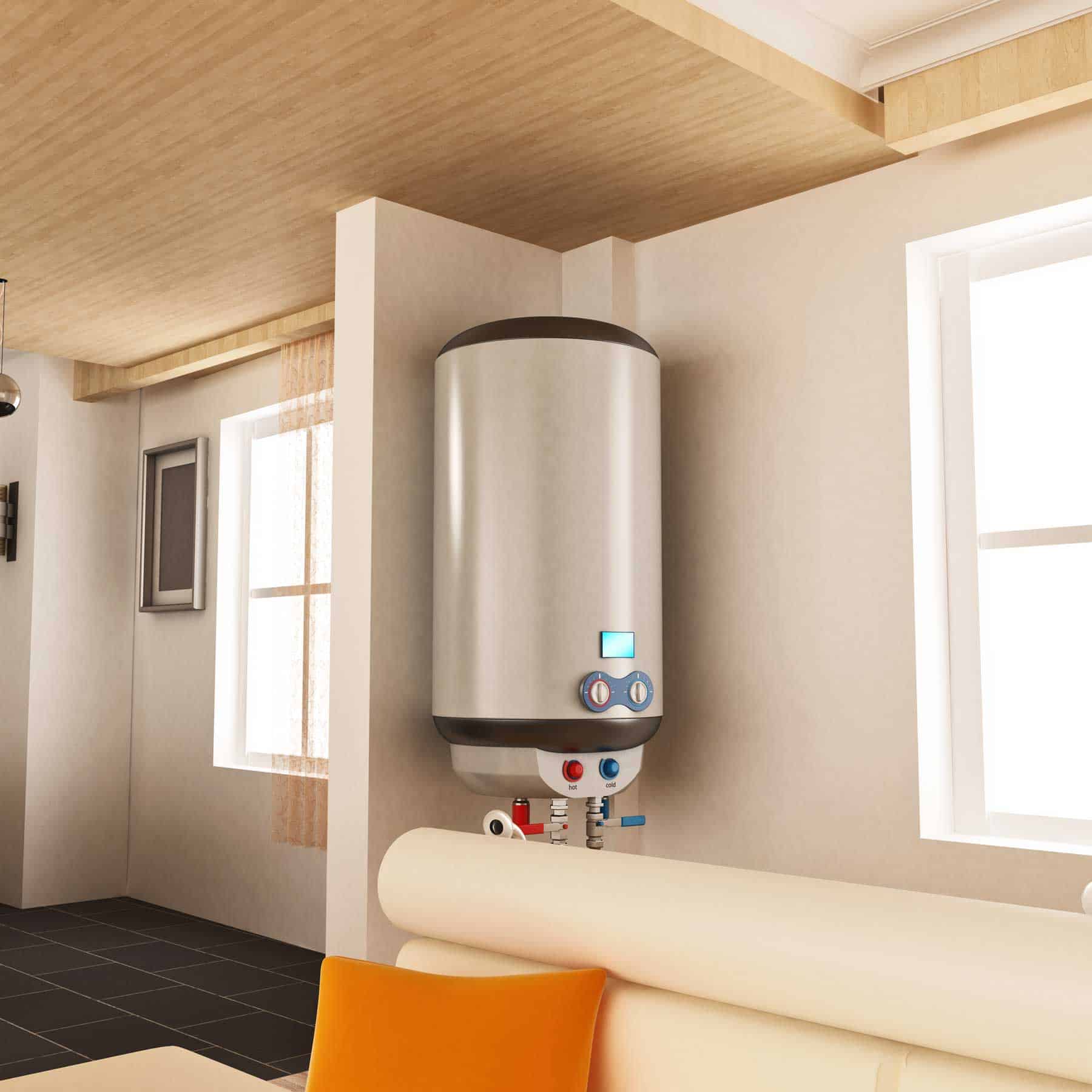Effective Techniques for Caring for Your Home's Hot Water SystemKey Tips on Maintaining Your Home's Hot Water SystemBest Ways to Maintain Your Home's Hot Water System Successfully
Effective Techniques for Caring for Your Home's Hot Water SystemKey Tips on Maintaining Your Home's Hot Water SystemBest Ways to Maintain Your Home's Hot Water System Successfully
Blog Article
What're your beliefs on Tips on Maintaining a Water Heater?

Hot water is crucial for everyday convenience, whether it's for a revitalizing shower or washing recipes. To ensure your warm water system runs effectively and lasts longer, routine maintenance is crucial. This article supplies useful pointers and insights on just how to maintain your home's hot water system to stay clear of interruptions and pricey repair services.
Intro
Preserving your home's warm water system may appear difficult, yet with a few straightforward steps, you can guarantee it runs efficiently for years ahead. This guide covers everything from recognizing your hot water system to do it yourself upkeep tips and recognizing when to contact professional aid.
Value of Maintaining Your Warm Water System
Regular upkeep not only extends the life expectancy of your warm water system however also guarantees it operates successfully. Overlooking upkeep can lead to lowered efficiency, greater energy costs, and even early failure of the system.
Indicators Your Hot Water System Demands Maintenance
Recognizing when your hot water system requires attention can stop major problems. Look out for indications such as irregular water temperature, odd noises from the heating unit, or corroded water.
Comprehending Your Warm Water System
Before diving right into maintenance jobs, it's helpful to understand the fundamental parts of your hot water system. Commonly, this consists of the water heater itself, pipelines, anode poles, and temperature controls.
Month-to-month Maintenance Tasks
Routine month-to-month checks can help catch small issues before they rise.
Flushing the Water Heater
Purging your hot water heater removes debris build-up, improving effectiveness and lengthening its life.
Checking and Changing Anode Rods
Anode rods stop deterioration inside the container. Inspecting and replacing them when broken is crucial.
Evaluating and Adjusting Temperature Setups
Readjusting the temperature settings makes sure optimum efficiency and safety and security.
DIY Tips for Maintenance
You can carry out a number of upkeep jobs yourself to keep your hot water system in leading problem.
Looking for Leakages
Routinely examine pipelines and links for leakages, as these can bring about water damage and higher bills.
Evaluating Stress Alleviation Valves
Examining the stress safety valve ensures it functions correctly and avoids extreme pressure accumulation.
Protecting Pipelines
Shielding warm water pipelines lowers warmth loss and can conserve power.
When to Call a Professional
While DIY maintenance is beneficial, some concerns call for specialist expertise.
Complex Issues Requiring Professional Help
Examples include significant leakages, electric troubles, or if your hot water heater is continually underperforming.
Routine Expert Maintenance Benefits
Professional maintenance can consist of thorough inspections, tune-ups, and making certain conformity with security requirements.
Conclusion
Regular upkeep of your home's warm water system is necessary for effectiveness, durability, and cost savings. By following these pointers and recognizing when to look for expert help, you can ensure a trustworthy supply of hot water without unexpected disturbances.
How to Maintain an Instant Hot Water Heater
Before tinkering with your hot water heater, make sure that it’s not powered on. You also have to turn off the main circuit breaker and shut off the main gas line to prevent accidents. Also turn off the water valves connected to your unit to prevent water from flowing into and out of the appliance. 2. When you’re done, you have to detach the purge valves’ caps. These look like the letter “T” and are situated on either side of the water valves. Doing so will release any pressure that has accumulated inside the valves while at the same time avoid hot water from shooting out and burning your skin. 3. When the purge valves’ caps are removed, you have to connect your hosing lines to the valves. Your unit should have come with three hoses but if it didn’t, you can purchase these things from any hardware or home repair shops. You can also get them from retail stores that sell water heating systems. Read the user’s manual and follow it to complete this task properly. When the hosing lines are connected, open the purge port’s valves. 4. You should never use harsh chemical cleaners or solutions when cleaning your unit. Make use of white vinegar instead. It should be undiluted and you’ll probably use about 2 gallons. 5. Now flush your water heater. This task should probably take about 40 minutes. We can’t give you specific directions for this because the procedure is carried out depending on the type, model and brand of your heater. With that being said, refer to the user’s manual. 6. When you’re done draining the unit, you have to turn off the purge port valves again. Remove the hosing lines that you earlier installed on each of the water valves. Put the valve caps (purge port) back in their respective places and be very careful so as not to damage the rubber discs that are found inside these caps. 7. Now that everything’s back in place, check your user’s manual again to find out how to reactivate your water heating system. 8. Once it is working, turn one of your hot water faucets on just to let air pass through the heater’s water supply pipes. Leave the tap on until water flows smoothly out of it. https://www.orrplumbing.com/blog/2014/september/how-to-maintain-an-instant-hot-water-heater/

As a fervent reader about How to Maintain a Hot Water Heater in a Few Simple Steps, I assumed sharing that piece of content was essential. Sharing is good. Helping others is fun. Bless you for your time. Please stop by our website back soon.
Click For More Info Report this page